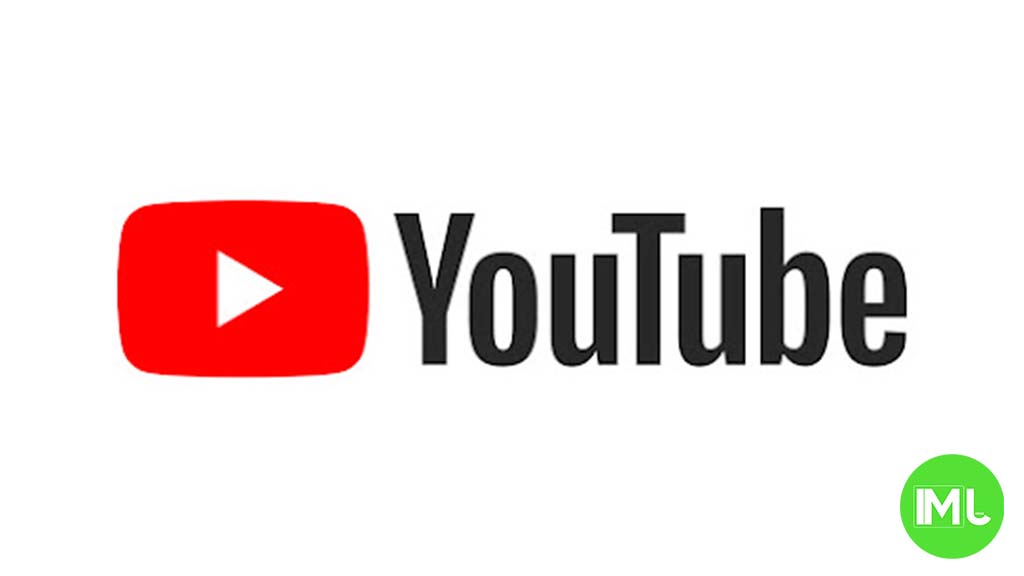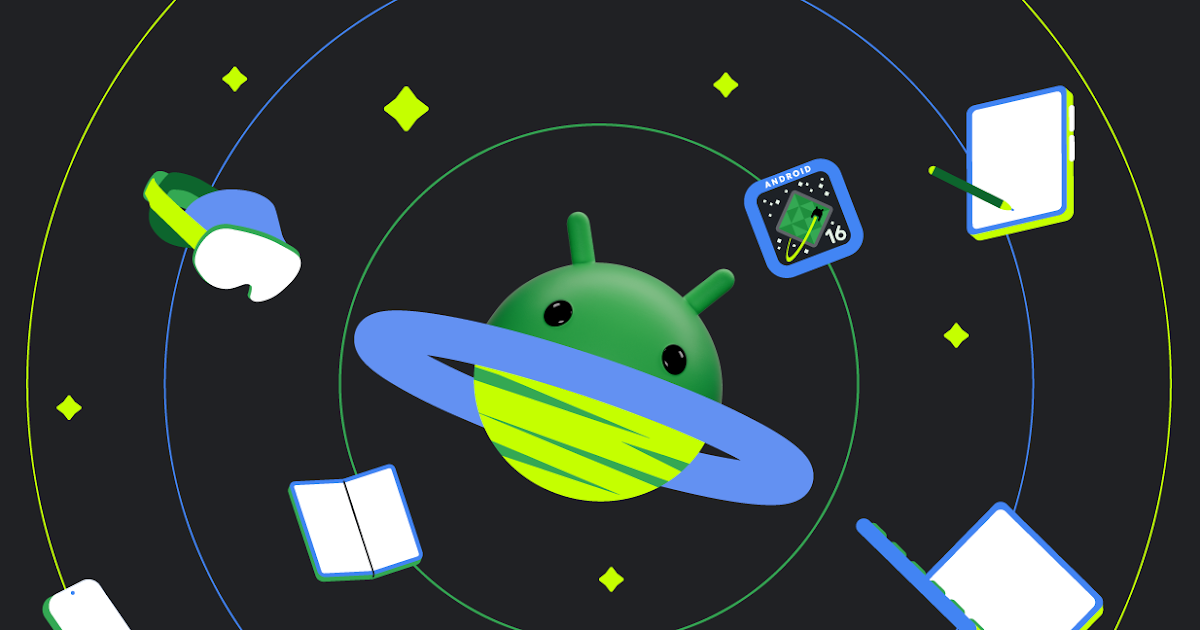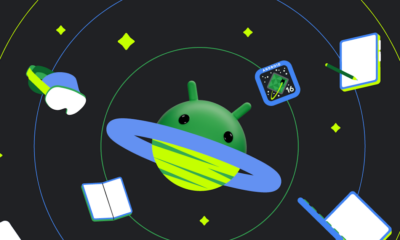YouTube launches new features: Miniplayer, custom playback speed, sleep timer, and more

YouTube has officially rolled out several new features that were recently in testing, improving the user experience on both Android and iOS devices. The updates include enhancements to the mini player, playback speed controls, playlist features, and more. Here’s a breakdown of the latest additions:
Redesigned Miniplayer for Mobile
The YouTube app now features a redesigned mini-player that resembles a picture-in-picture window. Previously, users saw a small bar above the bottom navigation with a cramped design. Now, the video floats above with a close button at the corner, while the controls for play/pause and 10-second rewind/forward sit just below. A key improvement is that users can now resize and move the miniplayer around the screen for a better viewing experience.
Sleep Timer for Better Control
YouTube has introduced a sleep timer for both free and Premium users. This feature can be accessed in the player’s settings menu, allowing users to set the video to stop playing after 10, 15, 20, 30, or 45 minutes, one hour, or at the end of the video. This update is especially useful for those who watch videos before sleeping, ensuring the app doesn’t run all night.
Fine-Tuned Playback Speed Controls
Another significant update is the new fine-tunable playback speed feature. On mobile, instead of selecting speeds from a rigid list (like 0.25x to 2x), users now have a slider for more precision. The speed can be adjusted in 0.05x increments, offering more flexibility. For quick adjustments, plus and minus buttons are also available, along with some preset speed options for convenience.
Playlist Enhancements
Several playlist features are also part of YouTube’s update. One of the most exciting changes is the ability to create custom thumbnails for playlists. Users can now upload their own images or use AI-generated ones to personalize their playlists. This feature is also coming to YouTube Music and will soon be available on the main site for web users.
Collaborative playlists are another upcoming addition, allowing users to create and share playlists with others using a link or QR code, which will be especially useful on smart TVs. Later this year, YouTube plans to let viewers vote on videos within these playlists, enabling better curation by ranking the most popular content.
YouTube Badges for Recognition
YouTube is rolling out special badges that celebrate user achievements. These badges will highlight unique milestones, such as being among the first paid subscribers to a creator’s channel or completing quizzes accurately. In YouTube Music, badges will recognize top listeners or those who have received hearts from creators on their comments. These new badges will appear in the “You” tab over the next few weeks, providing users with more recognition for their engagement.
Conclusion
These new updates from YouTube aim to improve the overall user experience with more customizable options, better controls, and enhanced playlist features. The ability to personalize thumbnails, collaborate on playlists, and earn badges adds a layer of interaction and recognition that makes the platform even more engaging. Whether you’re using YouTube to watch, listen, or curate content, these updates provide new ways to enhance your experience.
Android
Android 16 brings simpler app controls

Google is working on Android 16, and it’s set to make managing apps easier than ever. A new feature spotted in the latest test version lets you tweak app settings right from the app’s info page. This means less digging through menus to change how an app works on your phone.
In the current Android setup, if you want to adjust things like permissions or notifications, you often have to jump between different screens. It’s not hard, but it can feel like a chore. With Android 16, everything you need—permissions, data use, and more—will be in one spot. For example, you could quickly turn off an app’s access to your camera or check how much battery it’s eating up, all without leaving that page.
This change comes from something called “App Settings Panels,” which Google is testing now. It’s not live for everyone yet, but it’s a sign of what’s coming. The idea is to save you time and make your phone feel smoother to use. Imagine opening an app’s info and seeing all the key options laid out simply—no extra taps needed.
There’s more good news: Android 16 might roll out sooner than usual. Some rumors say Google could drop it as early as June 2025, instead of the typical fall release. That’s because they’re speeding up how they build and test updates. Of course, this is still in the works, so the exact date could shift.
For anyone who loves keeping their phone just right, this update looks like a win. Fewer steps to control apps mean less hassle and more time enjoying your device. Keep an eye out—Android 16 could change how you handle your apps for the better!
Pixel 9’s new call notes feature: Share Your Call Transcripts Easily
Google’s Pixel 9 is bringing a handy tool called Call Notes, spotted in a recent app update analysis. This feature records phone calls and turns them into text, making it simple to save or share what was said. It’s part of the Google Phone app and could be a game-changer for users who need to keep track of conversations.
With Call Notes, you can create a written version of your call and send it to others via apps like Messages or email. The transcripts might also sync with the Notes app for easy access later. Screenshots from the update show options like “Share transcript” and “Save call note,” proving how user-friendly it is.
This tool seems perfect for people who want to review talks or share details without replaying the whole call. However, it’s still in testing, so not everyone can use it yet. The Pixel 9, set to launch soon, might roll this out fully. For now, it’s an exciting peek at how Google is making call management simpler and smarter.
Pixel 10 and Pixel 10 Pro Fold camera secrets revealed
Google’s Pixel 10 is coming with some exciting camera upgrades! Leaked details show it’ll have a powerful 50MP main camera that takes super clear and bright photos, even in low light. The phone will also feature a 48MP zoom lens, letting you capture faraway objects with amazing detail. Plus, there’s a 12MP wide-angle camera for snapping big group shots or stunning landscapes.
The front camera is getting a boost too, jumping to 12MP for sharper selfies and video calls. Google is adding smart software tricks, like better face focus and smoother video recording, to make your pictures and clips look professional. The camera system will also handle tricky lighting better, so your shots stay colorful and balanced.
Unlike older models, the Pixel 10 won’t have a big camera bump—everything fits neatly into the phone’s sleek design. These upgrades show Google’s focus on making photography easy and fun for everyone. Whether you’re a casual snapper or a photo lover, the Pixel 10’s camera sounds like a winner. Stay tuned for more leaks as the launch gets closer!
-

 Apps1 year ago
Apps1 year agoGboard Proofread feature will support selected text
-

 News1 year ago
News1 year agoSamsung USA crafting One UI 6.1.1
-

 News1 year ago
News1 year agoBreaking: Samsung Galaxy S22 may get Galaxy AI features
-

 News1 year ago
News1 year agoSamsung Galaxy S23 Ultra with One UI 6.1 and all S24 AI features revealed
-

 News1 year ago
News1 year agoOne UI 6.1 Auracast (Bluetooth LE Audio) feature coming to many Samsung phones
-

 News1 year ago
News1 year agoSatellite SOS feature coming to Google Pixel phones, evidence leaked
-

 Apps11 months ago
Apps11 months agoGoogle’s fancy new Weather app is finally available for more Android phones
-

 News1 year ago
News1 year agoGoogle Pixel evolves as Europe’s third best selling flagship






